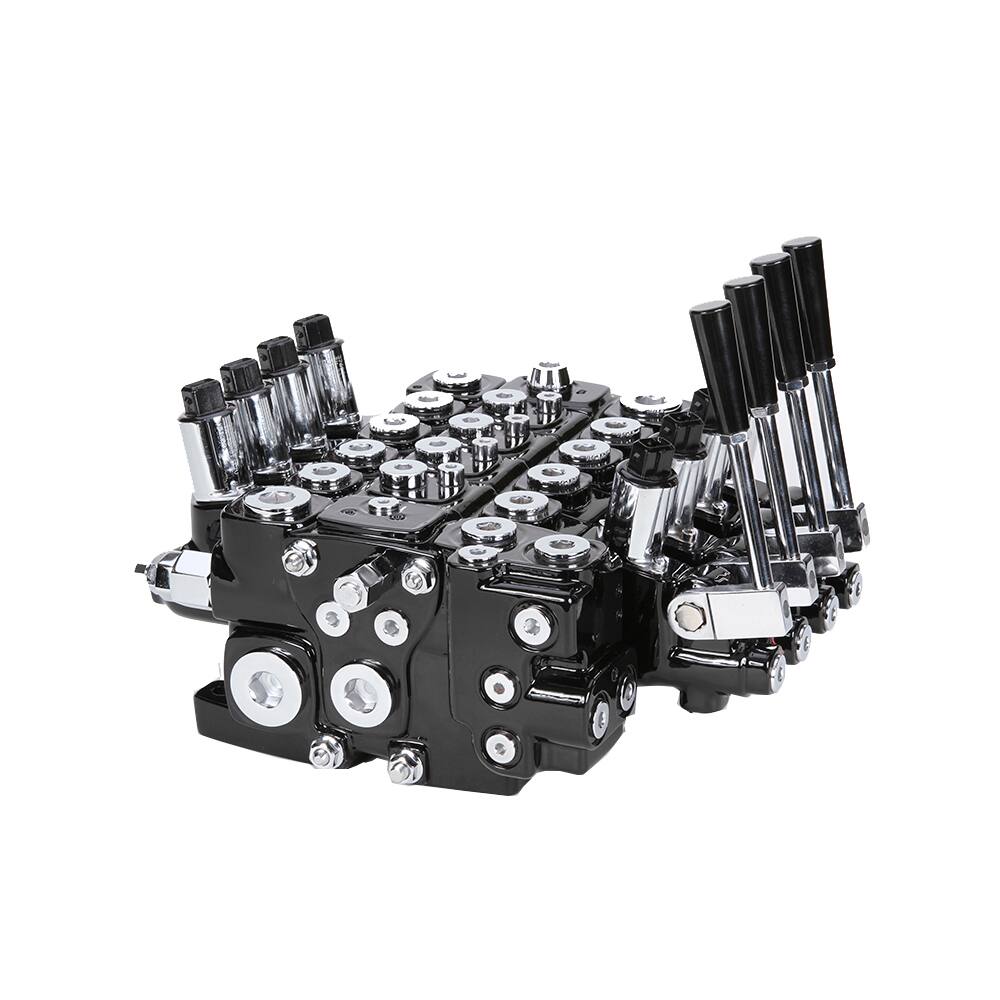Steps for Connecting a Hydraulic Control Block
Connecting a hydraulic control block requires extremely precise work. It is essential that each component connects correctly to ensure the efficient operation of the equipment and the free, leak-free flow of hydraulic fluid.
The pressure relief valves available at MPH contribute to the safe operation of the system, making their proper use crucial during assembly.
Preparations for Connecting a Hydraulic Control Block
Below is a general guide for connecting a control block; however, it’s important to note that each system is unique. While they share basic structural similarities, there can be many differences in the details. Therefore, always follow the manufacturer’s instructions, and if lacking the necessary expertise, it’s advisable to seek professional help.
Certain preparatory steps are essential. The system must be turned off and depressurized to ensure safety throughout the process. Check the condition of connectors and lines in advance to avoid discovering missing, damaged, or unsuitable components during the installation. Paying attention to the correct size, type, and material is crucial for achieving the desired outcome.
Positioning and Securing the Hydraulic Control Block
After preparation and inspection of the components, the control block can be positioned within the equipment. It’s important to find a secure location that offers adequate space and allows for easy access during future maintenance.
Once the position is identified, secure the control block to ensure long-term, safe operation.
Connecting the Fittings and Pressure Relief Valves
The pump's pressure line should be connected to the control block’s pressure inlet, enabling hydraulic fluid to flow into the system.
The control block’s outlet should then be connected to the hydraulic reservoir, allowing the fluid to return to the system.
The work ports should be connected to hydraulic cylinders or motors, as these connections control fluid flow to the actuators, regulating their movement.
Pressure relief and safety valves are critical for safe operation. The OM VMPP 1" pressure relief valve is a durable and reliable model suitable for various hydraulic systems. These valves are typically placed at the pump outlet to regulate system pressure.
Pressure Testing and Fine-Tuning
Once everything is connected, refill the system with hydraulic fluid and check for leaks.
The equipment can then be started. Gradually increase the pressure while ensuring all components are functioning correctly.
If everything is in order, proceed with fine-tuning the pressure regulators and control valves to maximize efficiency.
If you have questions about our products or connecting a hydraulic control block, feel free to contact us through any of our channels or visit us in person.


